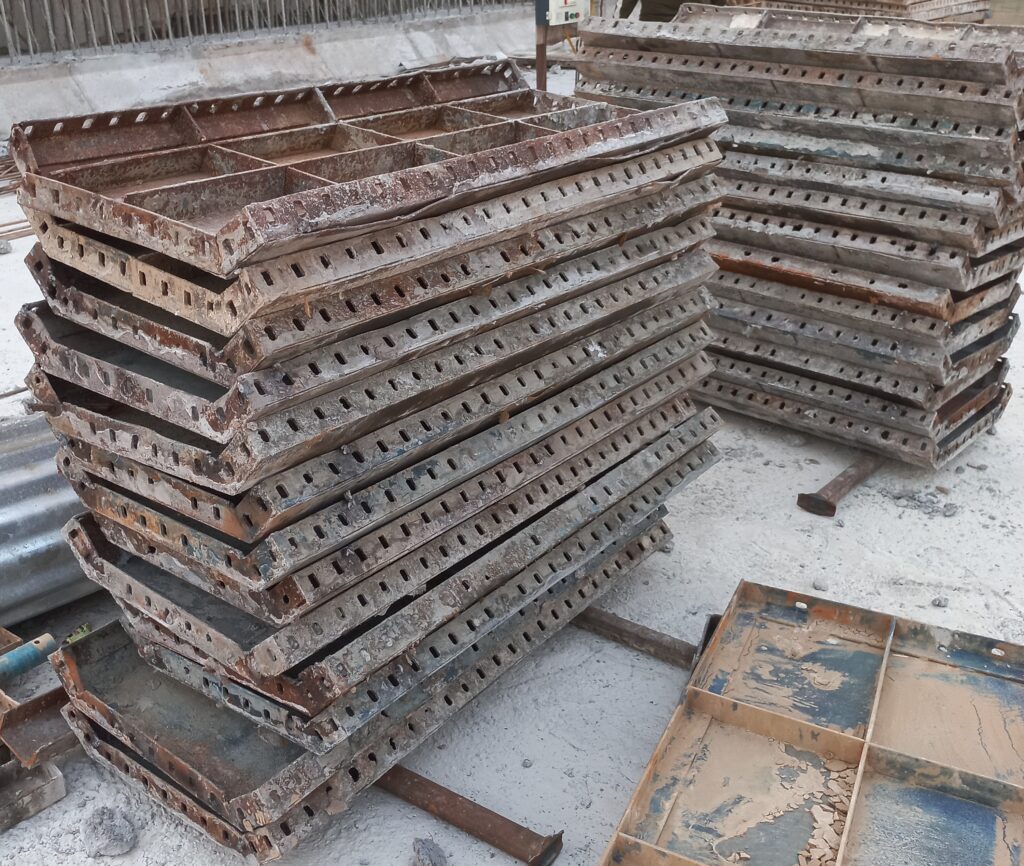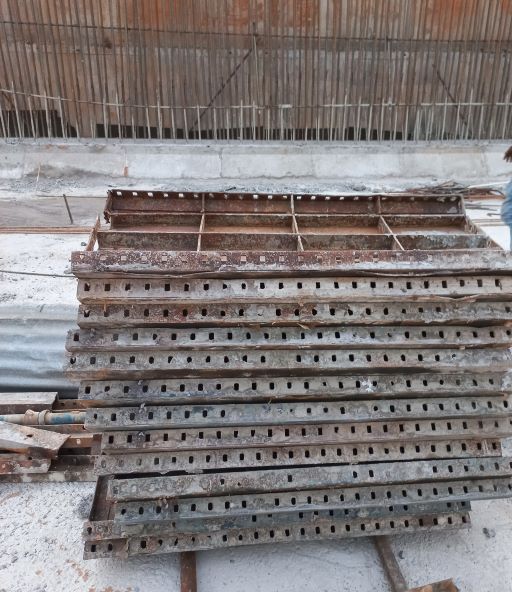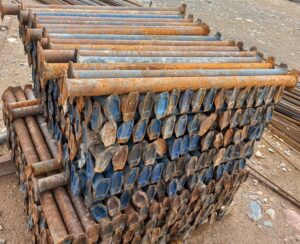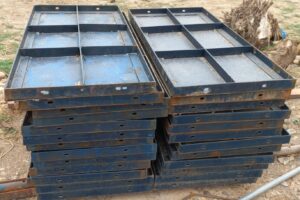Hunch plates, also known as haunch plates, are structural components used in concrete construction to enhance the stability and load-bearing capacity of concrete elements, particularly at joints and intersections. These plates are typically made of steel and are designed to be embedded within the concrete, providing additional reinforcement and preventing potential weaknesses at critical points.
hunch plates are crucial for ensuring the durability and stability of concrete structures, making them a vital component in modern construction practices. Their strategic placement and design contribute significantly to the overall integrity and performance of structure.
Purpose of Hunch Plates
Hunch plates, are steel reinforcements embedded in concrete structures to provide additional strength and support. They are crucial at critical points such as beam-column intersections, enhancing the load-bearing capacity and overall stability of the structure.
Applications in Construction
Hunch plates are primarily used in areas subject to high stress, such as joints and corners of concrete beams and slabs. They help distribute loads more evenly, reduce stress concentrations, and prevent cracking and structural failures, thereby increasing the longevity and safety of the construction.
Installation Process
The installation of hunch plates involves placing them in designated positions within the formwork before pouring the concrete. Proper alignment and secure attachment are essential to ensure they function effectively in reinforcing the concrete once it sets and hardens.
Durability and Maintenance
Hunch plates significantly contribute to the durability of concrete structures. By preventing stress-induced damage and improving load management, they reduce the need for frequent repairs and maintenance, thereby saving time and costs over the structure’s lifespan.
Benefits of Using Hunch Plates
Incorporating hunch plates in construction offers several advantages, including improved structural integrity, enhanced load distribution, and increased resistance to shear forces. This results in more durable and reliable concrete structures that can better withstand dynamic forces and heavy loads.
Case Studies and Real-World Examples
Numerous high-rise buildings, culvert bridges, and industrial structures have successfully utilized hunch plates to improve their structural integrity. For instance, the use of hunch plates in the construction of skyscrapers has enabled them to withstand high wind loads and seismic activities, ensuring safety and stability.

Importance in Modern Construction
In contemporary construction practices, the use of hunch plates has become increasingly important due to the demand for taller and more complex structures. They allow architects and engineers to design buildings that are not only aesthetically pleasing but also structurally sound and capable of withstanding various stresses.
Environmental Impact
Using hunch plates can also have a positive environmental impact by extending the life of concrete structures and reducing the need for repairs and rebuilds. This contributes to sustainability in construction by minimizing material waste and the carbon footprint associated with frequent maintenance and reconstruction efforts.
Future Trends in Reinforcement Technology
As construction technology evolves, the use of hunch plates is expected to become even more sophisticated. Advances in materials science and engineering may lead to the development of even stronger and more durable hunch plates, further enhancing their effectiveness in reinforcing concrete structures.
Conclusion
Hunch plates are a vital component in modern construction, providing essential reinforcement at critical points within concrete structures. Their use enhances structural stability, distributes loads more evenly, and increases the overall durability of buildings and infrastructures, making them an indispensable element in achieving safe and long-lasting constructions.
What are hunch plates and where are they commonly used in construction?
Hunch plates are steel reinforcements embedded in concrete at stress points like beam-column intersections and slab corners, enhancing load-bearing capacity and structural stability by distributing stresses evenly.
How do hunch plates improve the durability of concrete structures?
Hunch plates enhance durability by providing targeted reinforcement, reducing cracks and structural failures. They ensure even load distribution, increasing resistance to dynamic forces and heavy loads, thus extending the structure’s lifespan.
What are the benefits of using hunch plates compared to other reinforcement methods?
Hunch plates offer targeted support at critical stress points, preventing shear failures and enhancing structural resilience. Though initially costlier, they reduce long-term maintenance needs, making them a cost-effective reinforcement solution.




